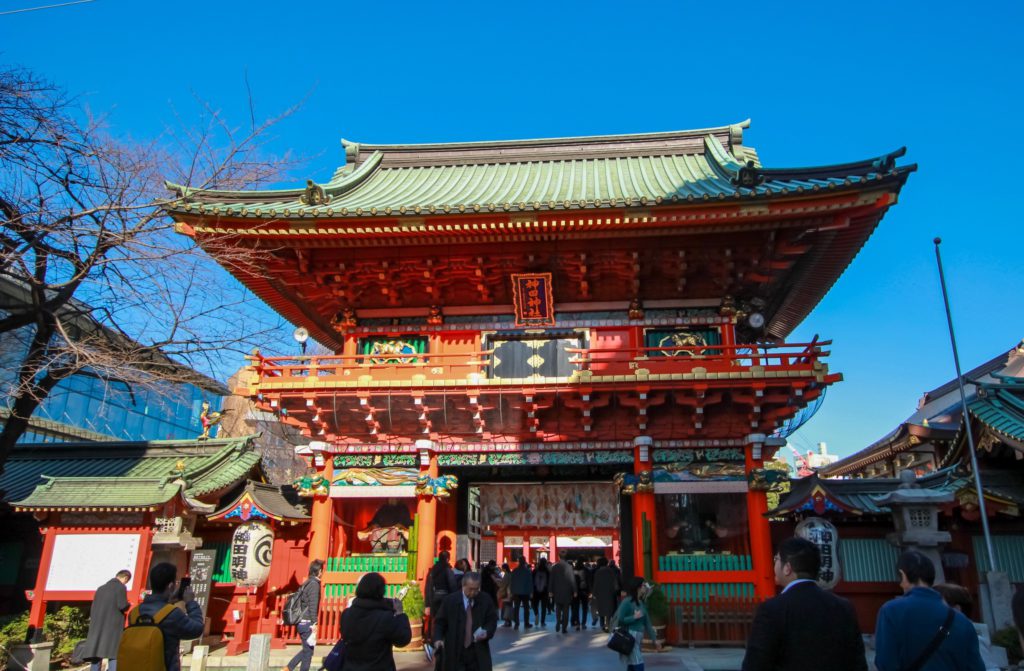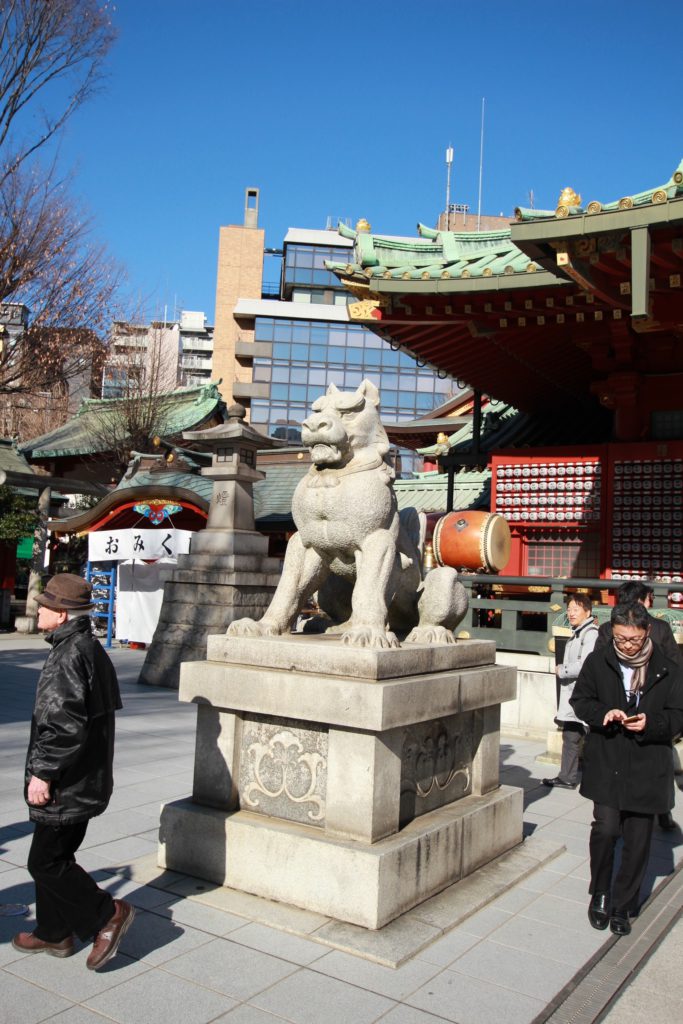Blog
2020.02.05
Kanda
A Prayer For Thriving Business – The Japanese Custom of “Hatsumōde” and Kanda Shrine
The custom of Hatsumōde and the New Year often come as a set. But what exactly is this practice? Hatsumōde refers to visiting a shrine or temple during the period immediately after the start of the new year (usually from January 1st to January 3rd). However, it’s worth noting that Japanese people are not particularly religious, and people visit shrines not only by themselves or with family, but also alongside their company! It’s hard (though not impossible) to imagine a situation in a country with a large Christian population where you would invite your boss and co-workers to your local church to celebrate Christmas together, isn’t it? To greet the new year, we’d like to use our first Kanda blog series entry of 2020 to talk about the uniquely Japanese custom of Hatsumōde!
Perhaps The Most Popular Custom In Japan
In the past, it was most common to go on a pilgrimage to the location where your local patron deity was enshrined. Recently, though, it seems many people are choosing famous shrines as their Hatsumōde destination instead. Incidentally, although most people associate Hatsumōde with a visit to a (Shinto) shrine, in actuality it’s perfectly acceptable to go to a Buddhist Temple as well. Some might say the rules are a little too flexible? This issue first arose around the beginning of the Meiji Era and is effectively a vestige of the combination of unique Shinto and Buddhist religious practices of the time. Are Japanese people simply not religious? Are they just open-minded? Why are they so fond of mixing everything together? We’ll have to leave these questions for another time.
For the record, the most popular shrine to visit for Hatsumōde is actually Tokyo’s Meiji Jingu. During the period of Hatsumōde alone it sees an incredible 3.17 million visitors. For reference, Tokyo Dome’s capacity is 55,00 people, and California’s AT&T Park (Oracle Park) can seat 41,915 people.

Companies Take Part In Hatsumōde Too
As we mentioned previously, it’s quite common in Japan for companies to arrange Hatsumōde outings as well. Every company, depending on its location, falls in the jurisdiction of a particular shrine. In transeuro’s case, we go to Kanda Myojin Shrine. You can find out to which shrine your company belongs by inquiring at the Association of Shinto Shrines. (* Please note that transeuro does not endorse any specific religious beliefs; we have employees of various nationalities and faiths.)
So what exactly do companies do during Hatsumōde? Essentially, they pray that their company prospers, that no unfortunate accidents occur, and that their business is stable and secure. There are no doubt people among our very own hard-working staff at transeuro who have also sent out a prayer hoping to improve their translation ability or gain new skills!
Of course, there are probably also people who pray for world peace or for a resolution to global climate problems. But, we can’t know with certainty what people really wish for, can we?

Hatsumōde – A Surprisingly Recent Trend
In modern Japan, Hatsumōde is indeed a widespread national custom, but even going back as early as the Edo period we find that Hatsumōde took on an entirely different form. From the evening of December 31st (known as Oomisoka in Japanese) until New Year’s day, the head of a household would confine himself in the shrine of the family’s patron god and pray for a bountiful harvest that year. During the Meiji Era, the custom of Hatsumōde began to grow in popularity thanks to the development of railway transportation methods. The most notable case of this was in 1872 (Meiji 5) when the Tokaido Railway first opened, allowing easy access to Kawasaki Daishi, a shrine with a longstanding religious significance. After this, Hatsumōde visits boomed, as travellers found it could also double as a worthwhile leisure outing.
So, how did you spend the New Year? Whether you visited a shrine for Hatsumōde or not, it’s hard to deny there’s something pleasant about the start of a new year.
We plan to continue updating our Kanda blog this year as well and invite you to stay tuned for more!
Similar Posts
[jetpack-related-posts]



Leave a Reply